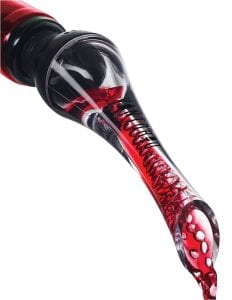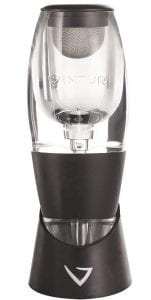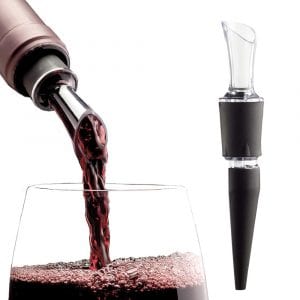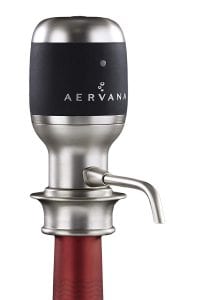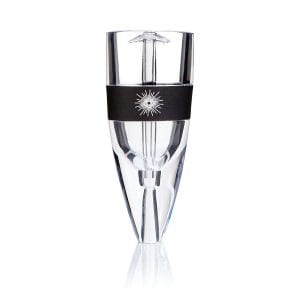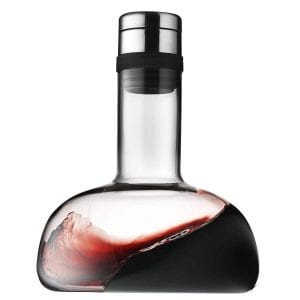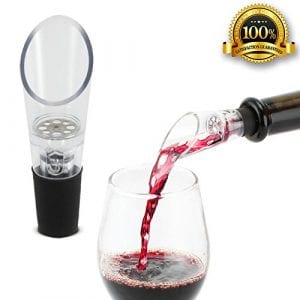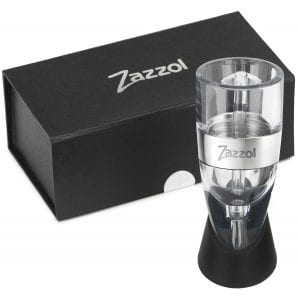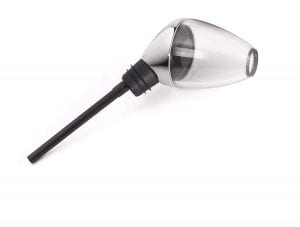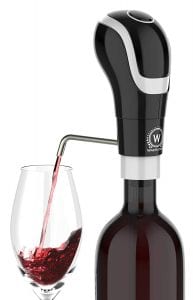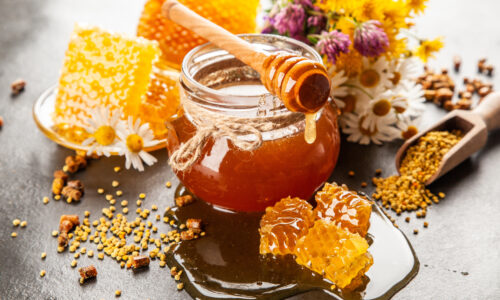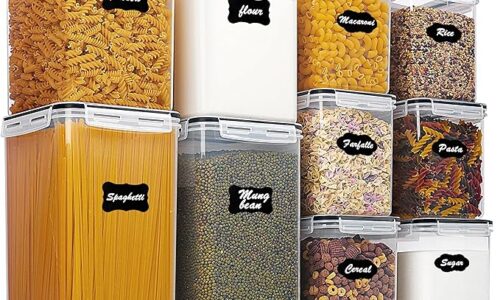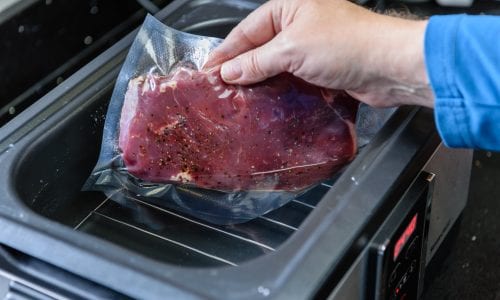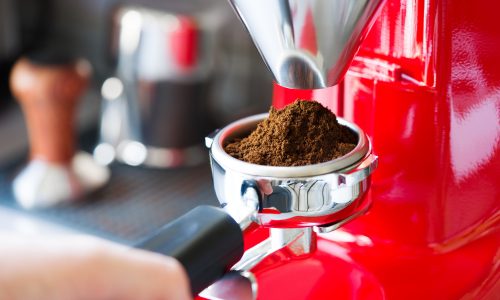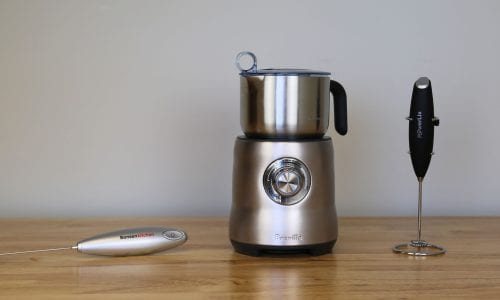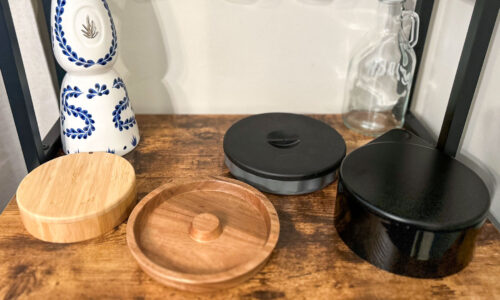The Best Wine Aerator
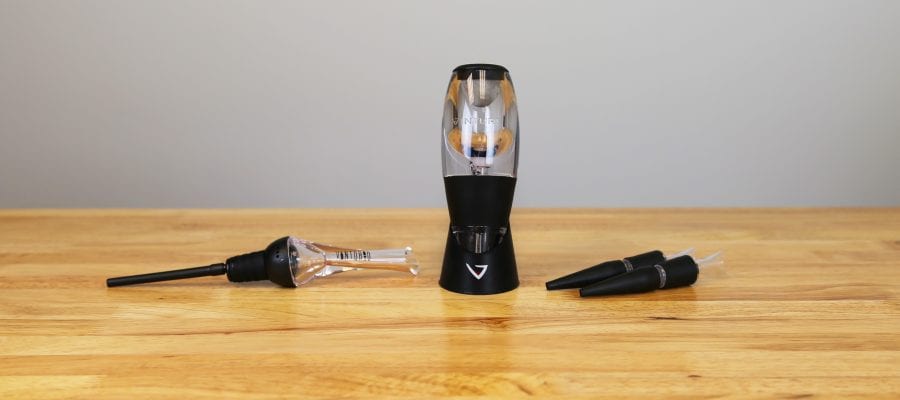
Our Review Process
Don't Waste Your Money is focused on helping you make the best purchasing decision. Our team of experts spends hundreds of hours analyzing, testing, and researching products so you don't have to. Learn more.
Our Picks For The Top Wine Aerators
- 1. Vintorio Wine Aerator Pourer
- 2. Vinturi V1010 Wine Aerator Pourer And Decanter
- 3. AeraWine Aerator Pourer Decanter
- 4. Aervana Original 1 Touch Luxury Wine Aerator
- 5. Vinluxe PRO Wine Aerator, Diffuser, Pourer, Decanter
- 6. Menu Winebreather Carafe
- 7. Ten Ten Labs Wine Aerator Pourer (2-pack)
- 8. Zazzol Wine Aerator Decanter
- 9. Rabbit Wine Aerator and Pourer
- 10. WAERATOR 1-Button Electric Aeration and Decanter
This aerator pops right into the mouth of your wine bottle. The rubber gasket fits snugly and prevents drips as you pour your red wine into your favorite glass. A tapered acrylic pour spout adds a touch of class to this aerator.
Classy and FunctionalThe Vintorio WIne Aerator Pourer is a sleek and snug unit that aerates your wine in seconds.
This high-quality acrylic aerator and carafe are built to last. The handheld boasts a design optimized for greater aeration. The no-drip stand and compact design will also protect your tablecloth without taking unnecessary space. We found this model to be incredibly easy to use and we liked the fact that it's top-rack dishwasher safe.
Built to LastThe Vinturi V1010 Wine Aerator Pourer and Decanter is a handheld, acrylic aerator that's optimized for better performance.
This wallet-friendly aerator brings out your wine's rich flavors with its stopper design. Superior quality materials enhance any red wine in seconds. It's a speedy aerator that won't break the bank. We loved how small and simple to use these aerators were.
Quality ConstructionThe AeraWine Aerator Pourer Decanter has a stopper design and a price that won't break the bank
Buying Guide
Home sommeliers, pinot noir fans and rosé-all-day champions have dozens of new ways to enjoy their favorite drinks at home. You can buy chilled blush wine in six-packs of aluminum cans, sip from self-cooling wine cups and save the other half of your bottle with preservation sprays and special stoppers. But one of the easiest ways to make every sip more memorable is by using a wine aerator.
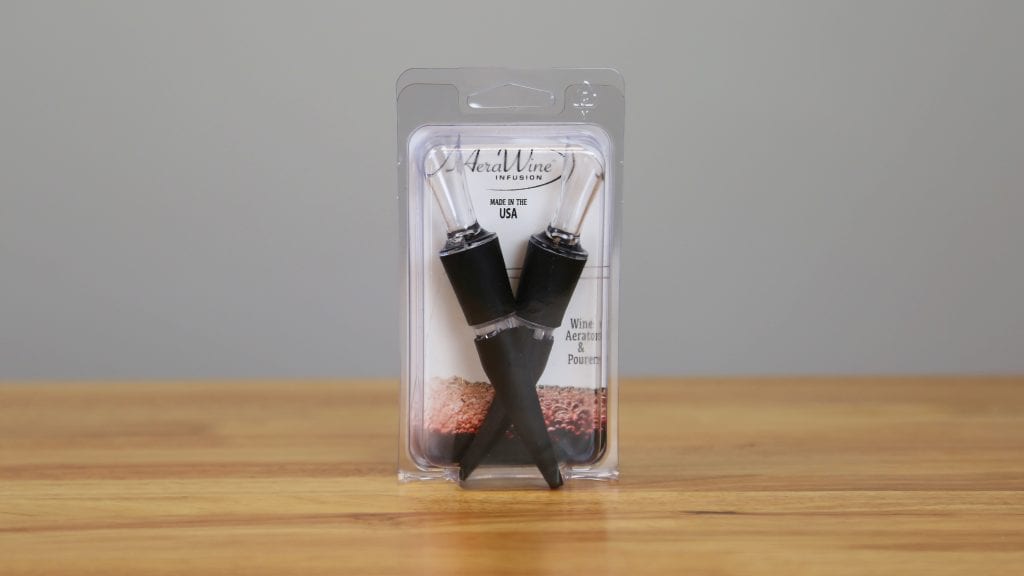
Wine aerators are small devices that you can pop right into the mouth of your wine bottle. They swirl your wine around as you pour, helping it mingle with more air to enhance the taste. It might seem counterintuitive, but exposing your wine to more air actually makes it taste better.
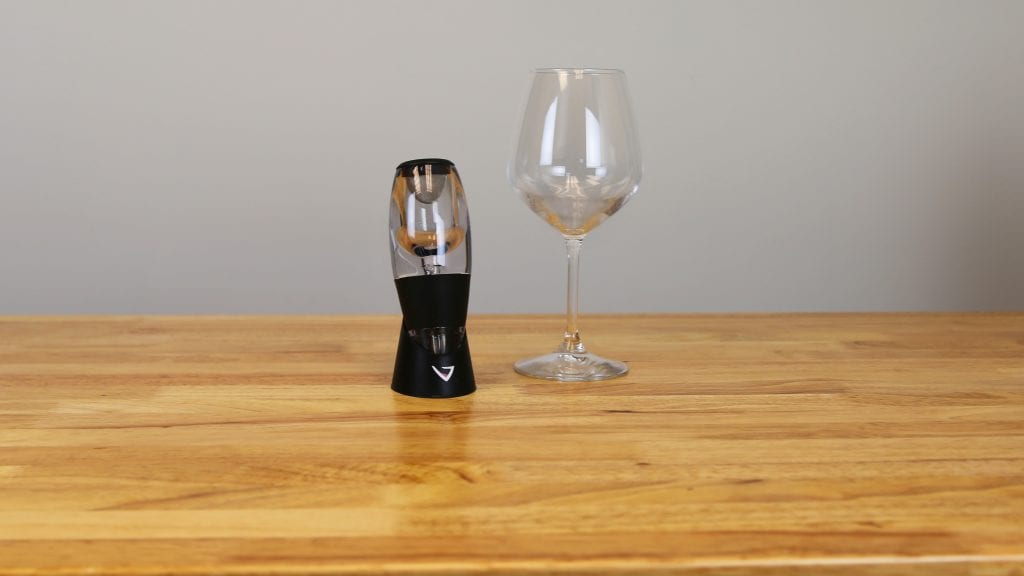
The oxidation that occurs when air hits your wine emphasizes compounds that create delicious notes like blackberry or apple, while less tasty flavors from ethanol and sulfites evaporate. The result is a full-bodied wine tasting experience that wakes up your tastebuds. Red wines are the only wines that need to be aerated.
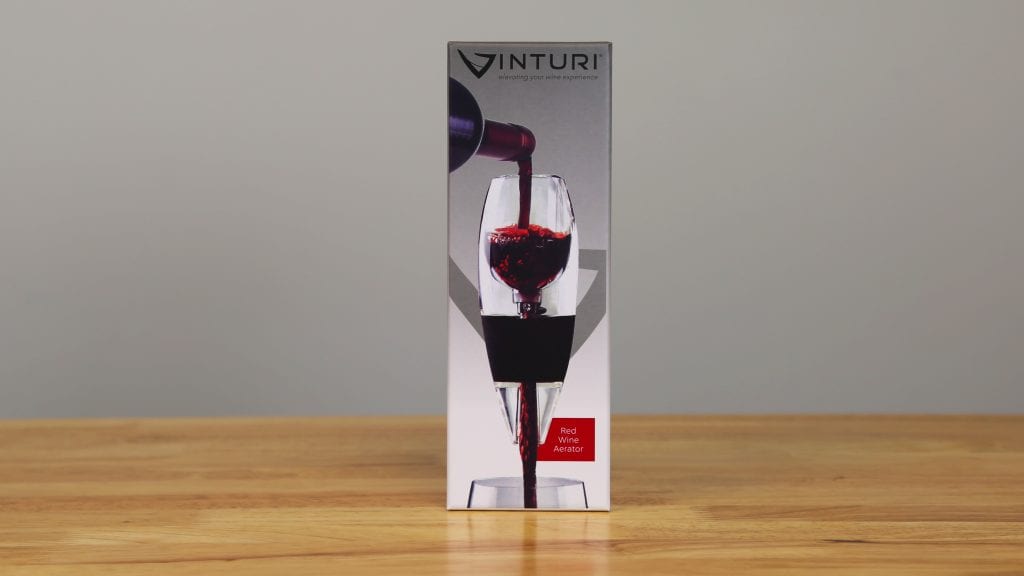
You can also help your wine breathe by buying wine glasses with larger openings or by using a specially designed vessel called a decanter. However, using a wine aerator is much faster. Since it mixes your wine with air as you pour, you don’t have to wait for it to sit in your glass or decanter. You can pour red wine in any glass with an aerator and enjoy a full-bodied taste in seconds.
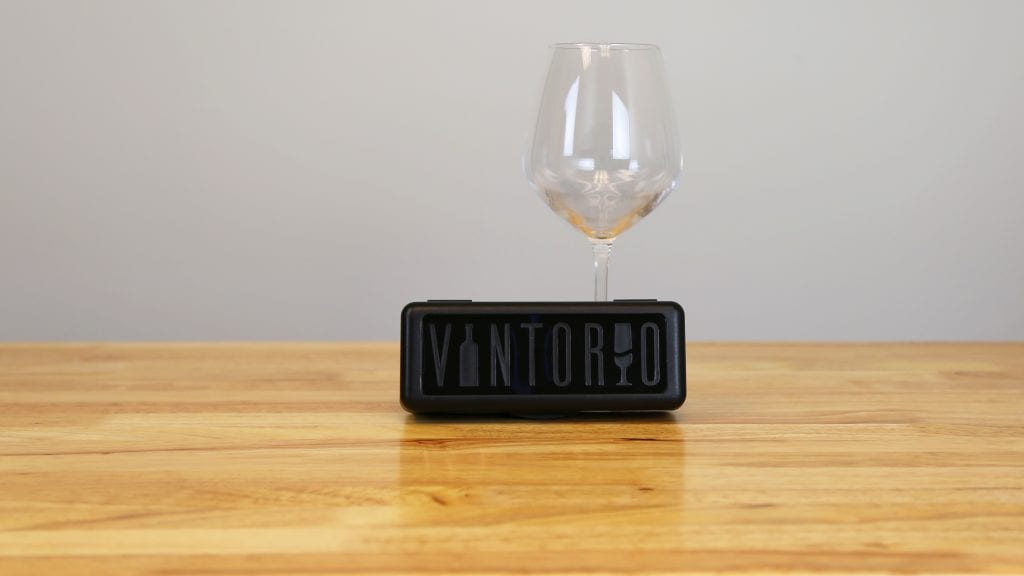
Red wine aerators are available in two general designs. Some aerators fit into the mouth of your wine bottle, so your vino runs through the aerator as you tilt the bottle and pour your glass. These aerators are convenient because you can pour your wine and aerate it with one hand.
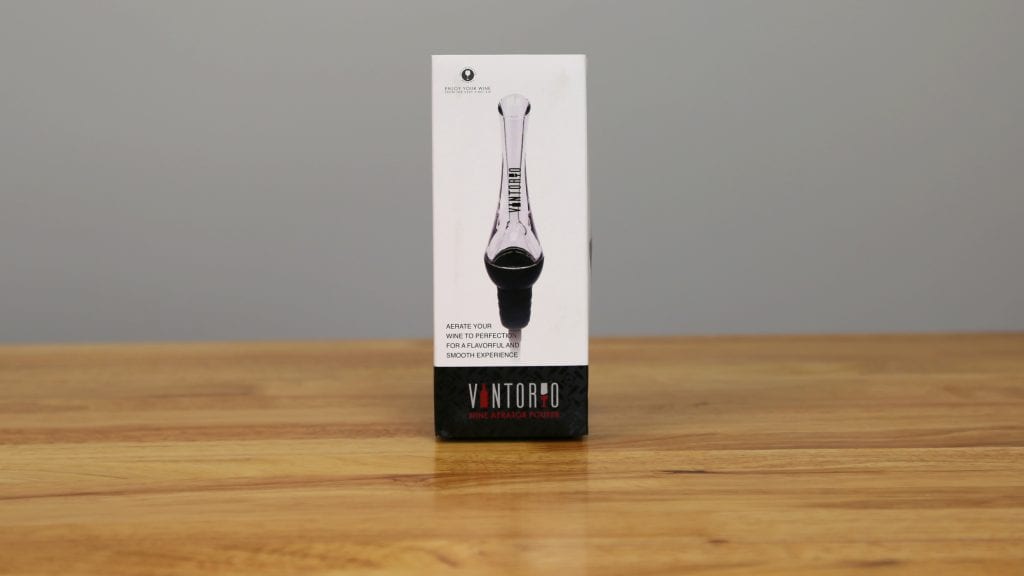
Other aerators must be held separately above your glass, so you’ll hold the bottle in one hand and the aerator in the other as you pour. Both styles are equally effective at getting air into your wine.
What to Look For
- Red wines are the only wines that need to be aerated. Denser red wines, like Malbecs or Cabernet Sauvignons, are especially great for aeration. Adding air to these vinos removes extra sediment, acidity, ethanol notes and tannins that make your wine harder to drink and enjoy.
- Fine red wines that have been aged are an exception to that rule. Exposing them to too much air for too long can flatten their delicate notes, leaving you with ho-hum vino. Allowing them to sit in a decanter to remove sediment can be helpful, though.
- White wines and very light reds are airy enough to enjoy directly from the bottle — they don’t require additional aeration.
- Aerators will improve the taste of any red wine, so they’re great to use with inexpensive bottles. This will save you cash in the long run — you might even find a new favorite bottle that won’t break the bank.
- The materials used to construct your aerator will determine how well it adds air to your wine and how long it lasts. The sturdiest aerators are made from acrylic. Stopper-style aerators will require a snug rubber seal to prevent leaks.
- Some aerators are dishwasher safe, but we recommend hand washing them to avoid cracks. Use gentle dish soap after each use, then set the aerator out to air dry.
- Each aerator is designed a little differently. Some use added features, like drizzle plates or extra holes, for more efficient aeration. Others have built-in filters to catch extra sediment or bits of cork. Take a close look at each aerator’s features to see which one will make your wine taste the best.
More to Explore
There are plenty of reasons to love red wine — a reduced risk of heart disease, lower cholesterol and delicious flavors are just a few. But we wouldn’t have any of these benefits if it weren’t for wine’s basic ingredient: the mighty grape.
Our fruity red friend makes up the base of every red wine, and the grape’s skin gives the wine its crimson shade. The plant pigment is called anthocyanin, and the way that anthocyanin is expressed can tell you a lot about your favorite wine.
Red wine isn’t the same shade across the board. You can tell that Malbecs and Petit Sirahs are made from grapes grown in warm climates, because they’re deep, dark shades of red. The light, bright colors of Schiava and Pinot Noir indicate that those grapes were grown in a cooler climate.
These pigments can also tell you a lot about how your wine was produced. Wines that were fermented at high temperatures, or wines with added sulfur, will be a lighter red than other selections.
Anthocyanin also affects a red wine’s hue, and that tells you even more about your vino. True red hues are present in highly acidic wines, while violet wines have a slightly higher pH. Deep magenta wines are the least acidic — they’re the best bet for anyone who wants to enjoy a glass with less heartburn.

